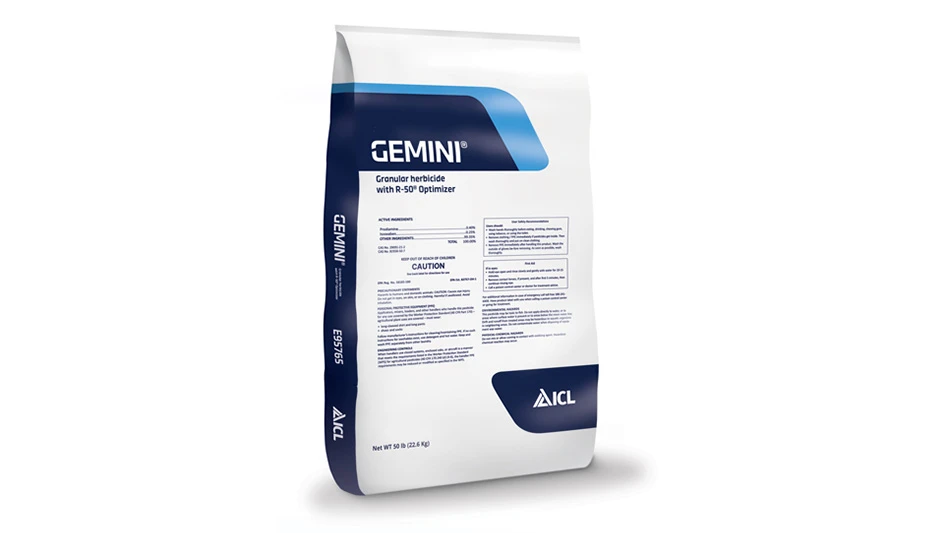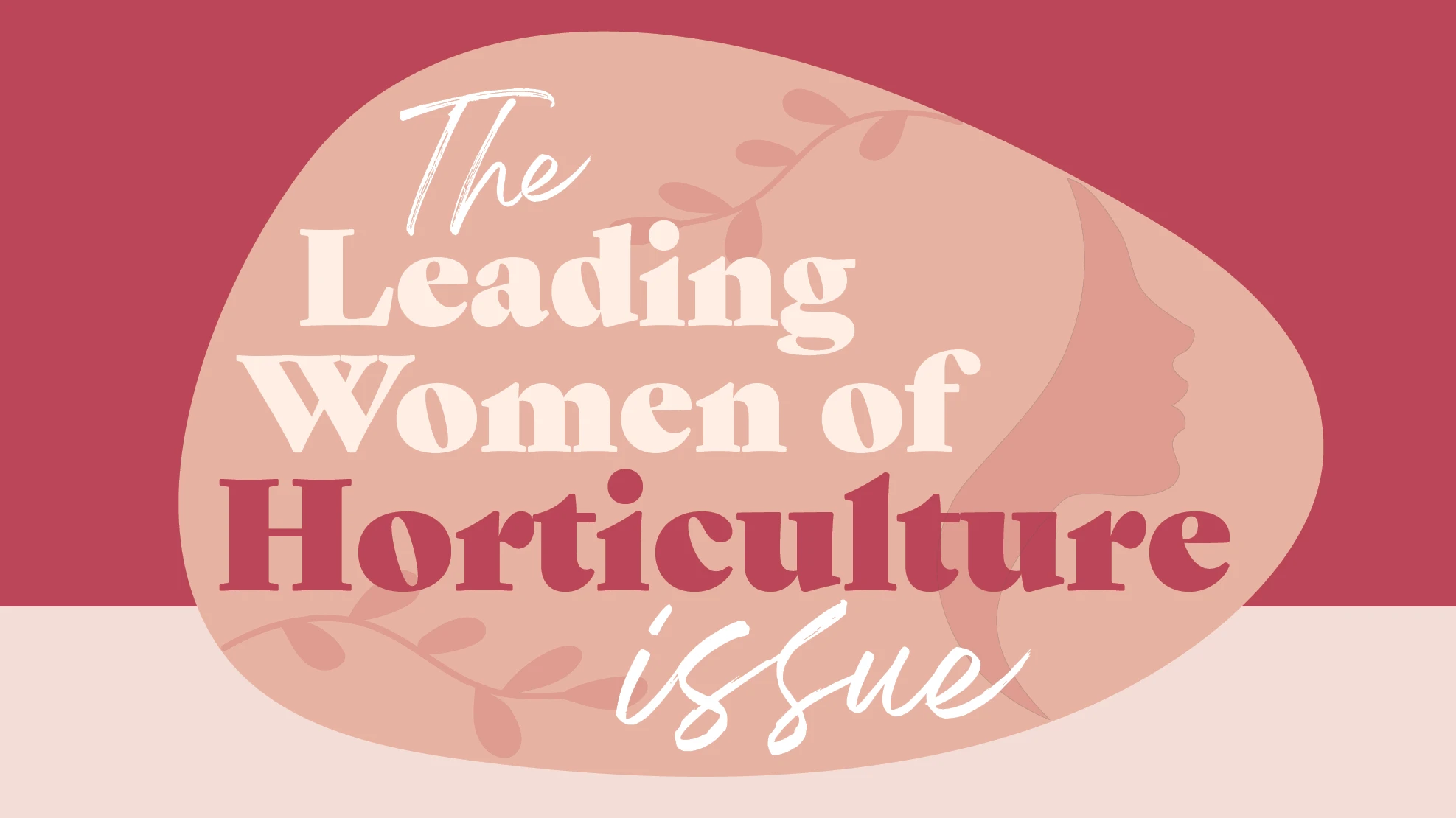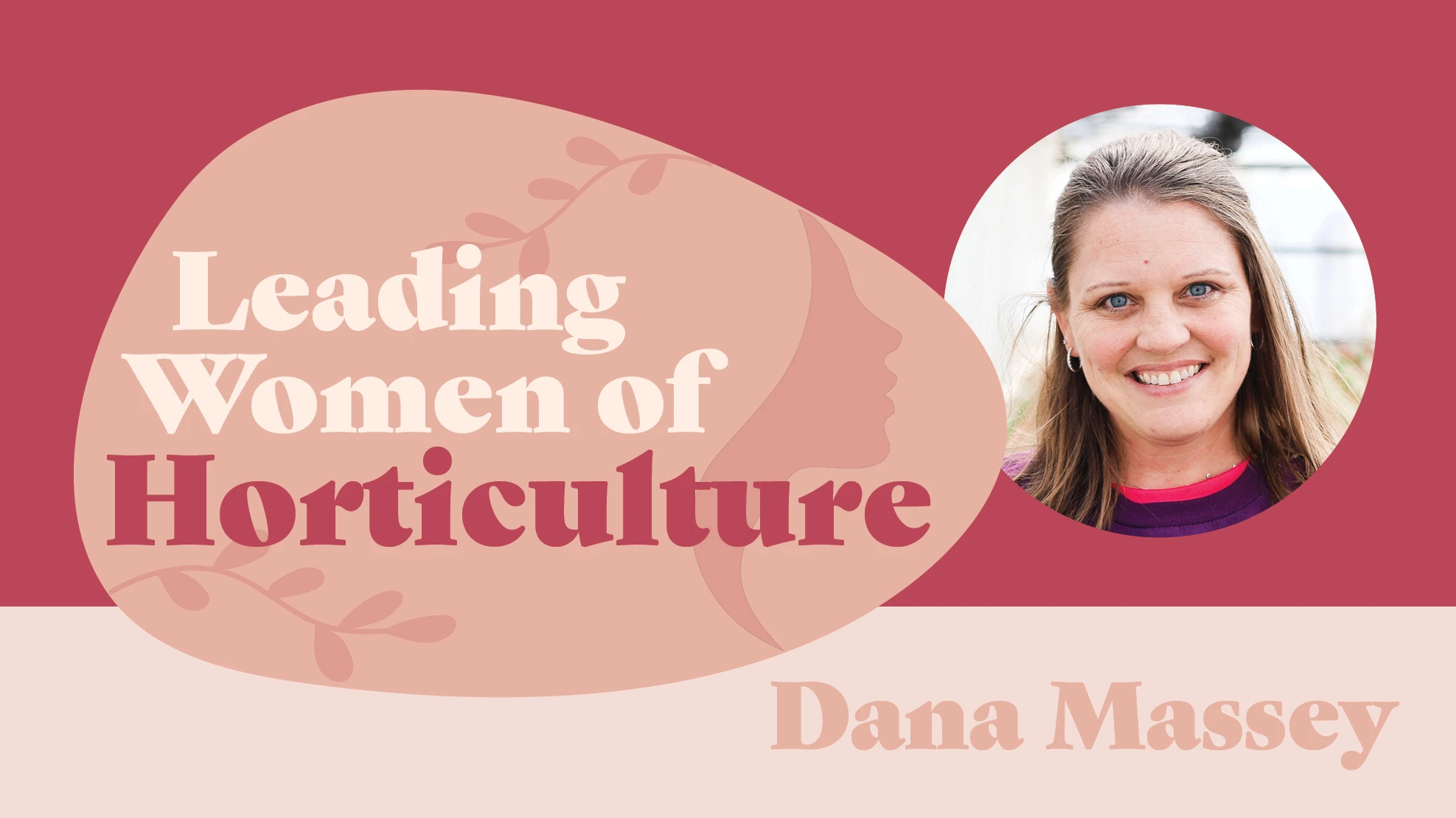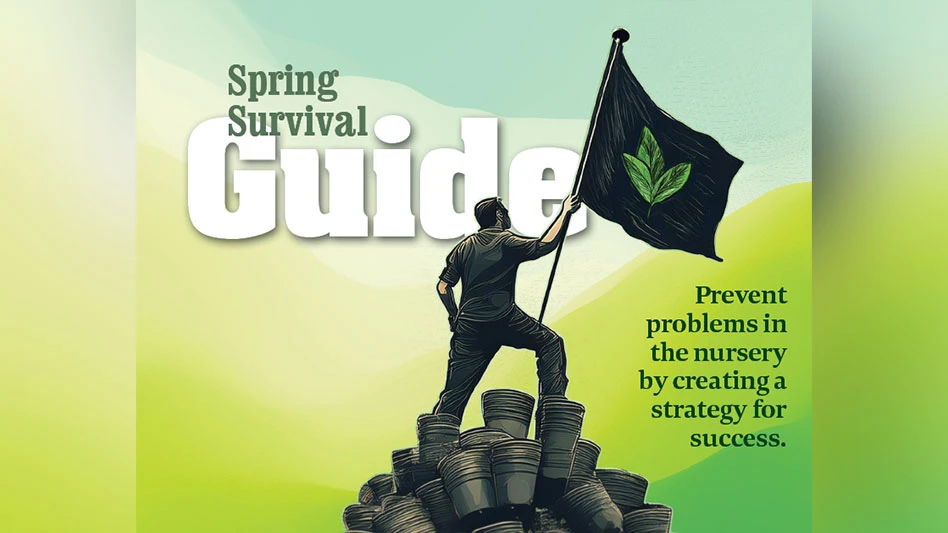
All photos provided by Stantec's Native Plant Nursery
In 1994, J.F. New & Associates, Inc. (JF New) opened a new division to supplement their consulting and design offerings: a native plant nursery. What started as plants growing under lights in the founder’s basement has grown into a 175-acre growing facility. Stantec's Native Plant Nursery, renamed after a 2021 acquisition, has become one of the largest suppliers of native plants and seed in the Midwest and East Coast.
.jpg)
In 1989, JF New, an environmental consulting firm was founded in Walkerton, Indiana to help clients navigate the new wetland permitting rules and quickly grew to offer restoration services. After a few years, it became apparent there was a market need for native plants and seed for restoration projects.
In 1994, the mission was “to provide the highest quality native wetland, prairie, and woodland plants and seed for use in restoration and creation of native landscapes and natural wastewater treatment systems.” After a few months, greenhouses were constructed to provide native plants for in-house restoration projects. Seed was hand-collected for use in seed mixes or grown out to start foundation seed plots. A natural marsh on the southern portion of the property was developed to grow and provide native wetland plants and seed.
By 1999, the nursery had grown to 70 acres and divided into three main areas. One area consisted of wetlands for natural growth and amplification of plants and seed collection. The second area consisted of approximately 20 acres of small plots of local genotype prairie grasses and wildflowers. The third area included beds of wetland tree and shrub seedlings. Other infrastructure included two large walk-in coolers for seed storage, a building for office space and shipping operations and four greenhouses. In addition, the site boasted an operational wastewater treatment wetland, which showcased the capabilities of the nursery’s wetland scientists.
In the early 2000s, the nursery hired key team members, many of whom are still supporting nursery operations and business development today. With this newly formed team, the company focused on developing their staff and managers, with an eye towards quality control and process management.
With the help of JF New leadership and outside consultants, weekly and monthly metrics were set, and long-term project management processes were implemented so as to not lose sight of the “big picture” in their daily work. To increase proactive and respectful communication across all levels, the staff completed personality profiles and took teamwork training courses.
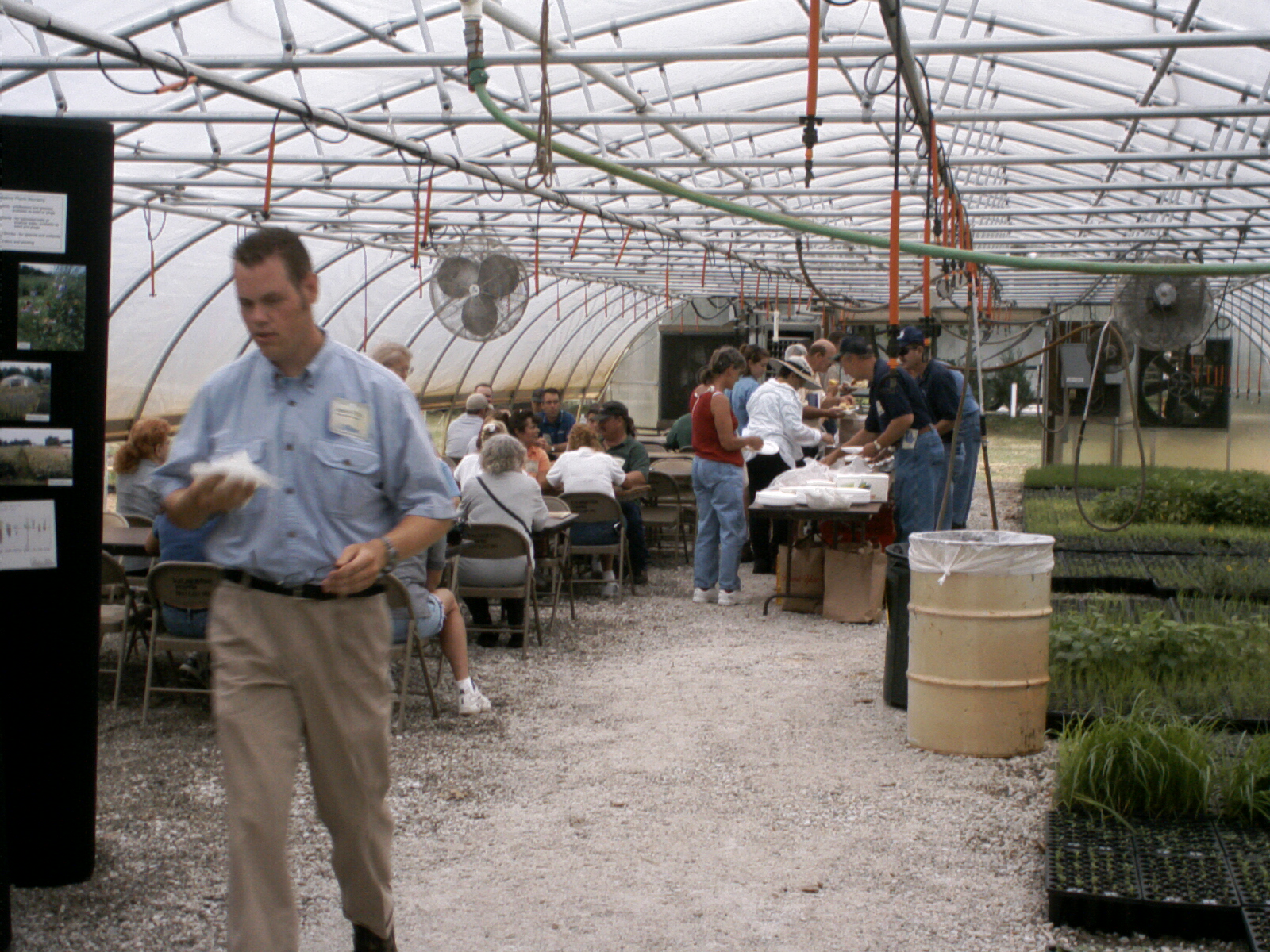
During this time, the nursery also began hosting a biannual nursery open house where its clients, vendors, neighbors and families were invited for a day of tours, networking, educational presentations and a meal.
“The first event was relatively small because we hadn’t worked out the kinks of how to host a high volume of people at the nursery,” says Jason Fritz, associate - ecology, nursery business development manager at Stantec. “We don’t remember who made the call, but it was decided that we would provide grilled burgers and hot dogs. Served in the greenhouse. In July. We didn’t do that again.”
Sign up for updates about attending the 30-year anniversary open house on July 19, 2024.
In 2003, a shift in seed production occurred, replacing small blocks of native plants with long agricultural rows for seed production. These were more efficient to maintain and harvest and allowed the team to use a combine instead of harvesting by hand. To increase irrigation capabilities, water wells were drilled, and the nursery invested in a center-pivot irrigation system. The team planted cutting banks between seed production rows to promote pollinator habitat and act as windbreaks, which conserved moisture from evaporation. Greenhouse square footage was significantly expanded as well.
The company had long since outgrown the combined office/shipping/cooler building, so in 2005 a new nursery facility was constructed. During the winter, staff completed the earth work, laid the tubing for the in-floor heating system, rough framed the structure, installed trim, laid flooring, hung drywall, painted and constructed the walk-in cooler.
It was a huge effort for the team and a major milestone for the nursery. The building contains offices, shipping and receiving bays, cooler and seed mixing areas, as well as most of the seed cleaning equipment. That year the production fields received a major boost as well when they installed 300,000 plugs for seed production.
.jpg)
One thing that has set the nursery apart from other growers is its innovative offerings, including bioengineering solutions. Working with the nursery’s wetland scientists, engineers and suppliers, the team developed products to revegetate wetland species in challenging growing conditions. Several of these include erosion control materials made of coconut coir pith, either compressed into logs (what they call “coir logs”) or flat mats (RootCarpet), and then vegetated with native plants and grown out at the nursery. These are then installed onsite for immediate erosion control and quick vegetation establishment. The nursery's first major project occurred in 2007 when it supplied coir logs vegetated with native riparian plants for the Mishawaka Riverwalk in Indiana.
Until 2007, all its greenhouse structures were stand-alone hoop-style greenhouses covered in plastic. These were economical, but air flow wasn’t great, and the sloping side walls made it difficult to fully utilize the space. In February 2007, the team constructed the first section of a much larger, more modern gutter-connect greenhouse range. These allowed for better air flow, more uniform temperature control and more modern growing accessories, like automated travelling irrigation. This style of greenhouse also allows for easy expansion. They added more bays in 2010, 2011 and 2016.
In 2009, JF New celebrated its 20th year in business with the nursery hitting its 15th anniversary. More stringent quality control practices were implemented for plant production, and the company instituted business practices to refine budgeting, set weekly and monthly sales metrics and improve communication.
In 2010, Cardno, Inc. acquired JF New, causing the nursery to expand ecological services in the upper Midwest. Since then, the nursery’s mission and team have remained the same – to provide clients with great customer service and quality native plants and seed for restoration projects in the Midwest.
The nursery continued to expand bio-engineering offerings with dedicated growing cribs for coir logs, RootCarpets and vegetated mesh containment systems. The Vegetated Mesh Containment Systems (Rock Socks) are mesh tubes filled with compost and gravel, then vegetated with native wetland plants. These are set in standing water, and the weight of the bag allows native plants to establish in streams, lakes and river channels where turbulent water and loose soils would not allow for traditional planting techniques.
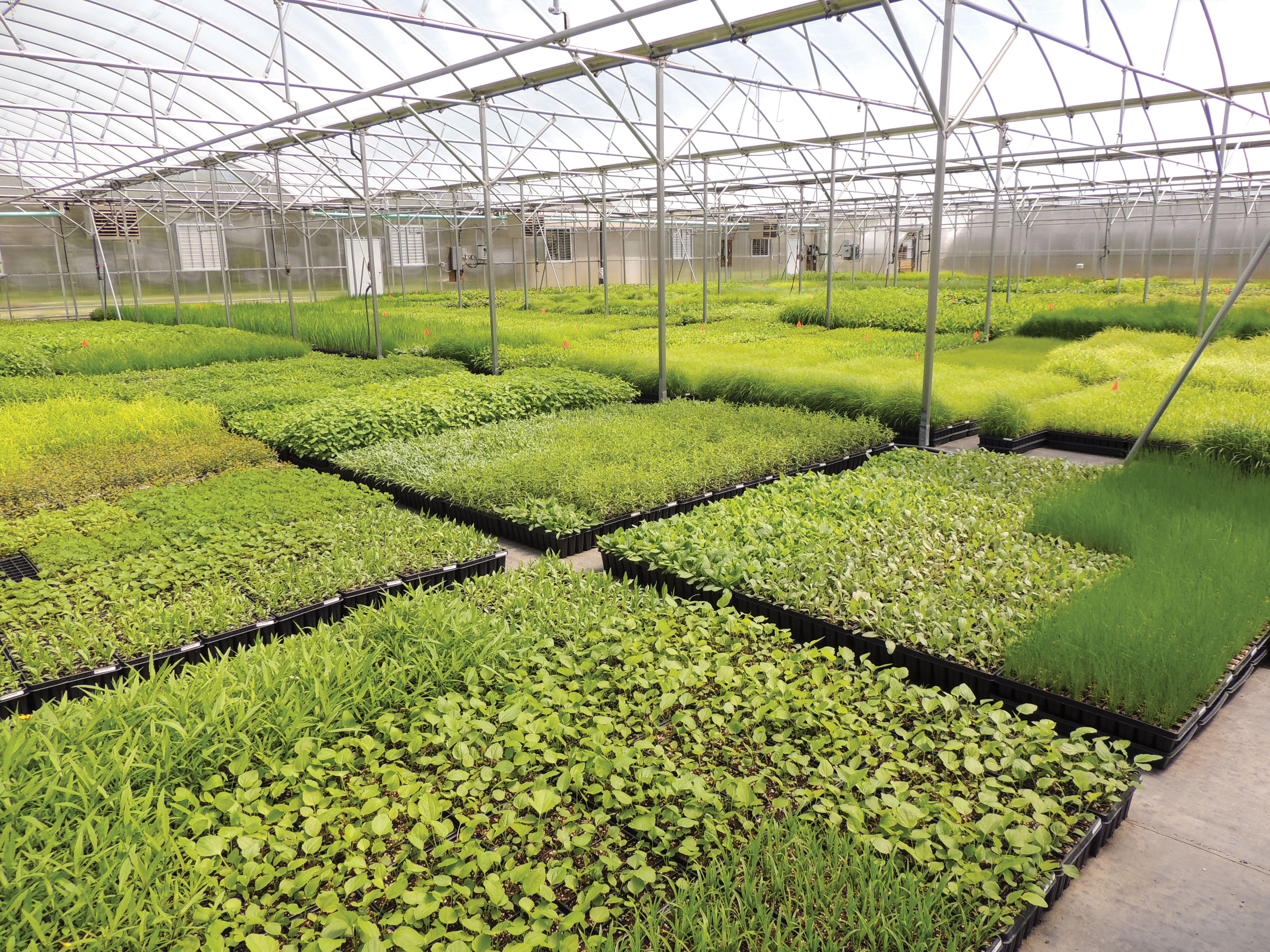
Over the next nine years as Cardno, the nursery expanded with more staff and greenhouse space to meet increasing market demand for native plants and seeds. More acres were put into seed production, and staff built a new building for seed storage and cleaning. Several new seed cleaners and harvest implements were acquired to feed the additional capacity. The team refined their systems to keep up with demand and improve their delivery methods. To streamline shipping, new daily shipping reports were created, custom boxes were designed, and a new plant grading system increased quality control. The team also took a hard look at inventory management, which is critical to a nursery business.
The year 2019 marked 25 years in business. With the support of loyal clients and a dedicated nursery team, the nursery has continued to grow.
During the 2020 pandemic, the nursery managed to successfully work through one of the most precarious times in history, making big shifts in how it operated. The team adapted to follow social distancing and other COVID protocols; the safety of their team and customers remained the top priority. The nursery came out the other end with a stronger team and a resolve to return to normal.
In December 2021, Cardno was acquired by Stantec. Stantec is a global consulting firm of designers, engineers and scientists who are dedicated to making communities a better place to live, work and play. Stantec’s commitment to building its ecosystem restoration program allows for a natural alignment in mission, service offerings and clients. Land investments have been made to increase its seed production and plans are in the works for greenhouse expansion.

In late 2022, the nursery made another technological leap with the acquisition of an automated transplanter. The nursery grows over 200 different species of plants, ranging from dry sand cacti to submerged wetland plants. Due to its wide array of species, the team had been reluctant to move from hand-transplanting to an automated system. While it isn’t suitable for all species, when it does work, it can crank out four times as many plants in a day with half the staff.
"It’s been a great 30 years," says Mark O’Brien, principal and business center practice leader at Stantec. "We began as a group of passionate people, with no real nursery experience, who were willing to learn and grow within the native nursery trade. A culture of customer service, safety and teamwork helped us to grow and succeed. We want to thank our loyal nursery team and customers who make it all possible."
Click here to learn more about Stantec’s Native Plant Nursery.
Latest from Nursery Management
- Leading Women of Horticulture: Arden Pontasch, North Creek Nurseries
- Super Charged Moon Juice from Moon Valley Nurseries now available nationally
- 2025 Proven Winners Horticulture Scholarship applications now open
- Leading Women of Horticulture: Anna Ball, Ball Hort, and Terri McEnaney, Bailey Nurseries
- Leading Women of Horticulture: Crystal Cady and Elizabeth Brentano
- USDA fires experts on invasive pests, including Asian citrus psyllid, chilli thrips
- Dümmen Orange North America celebrating 25th anniversary in 2025
- Redesigning women

